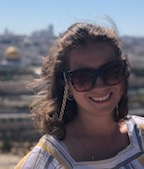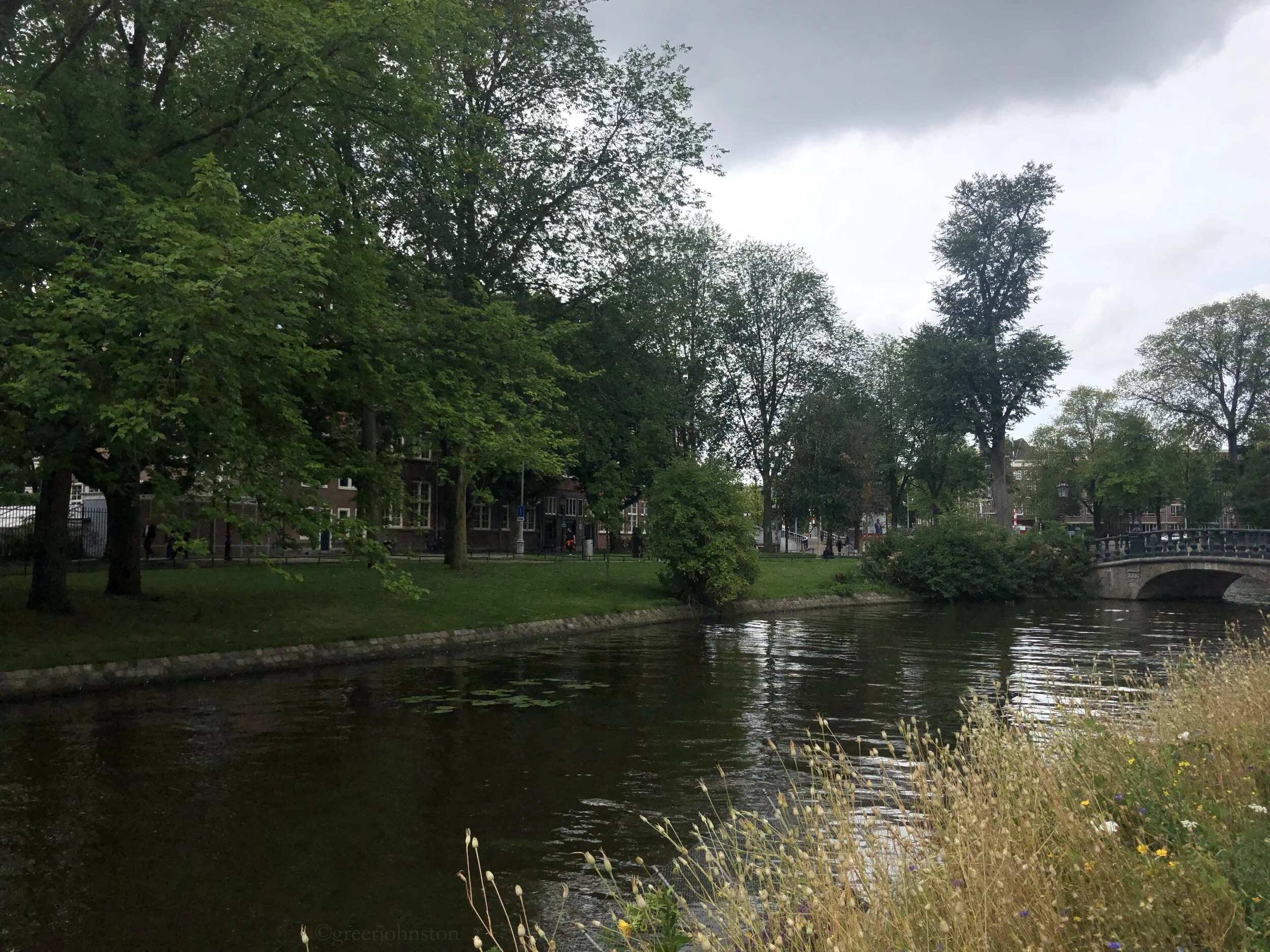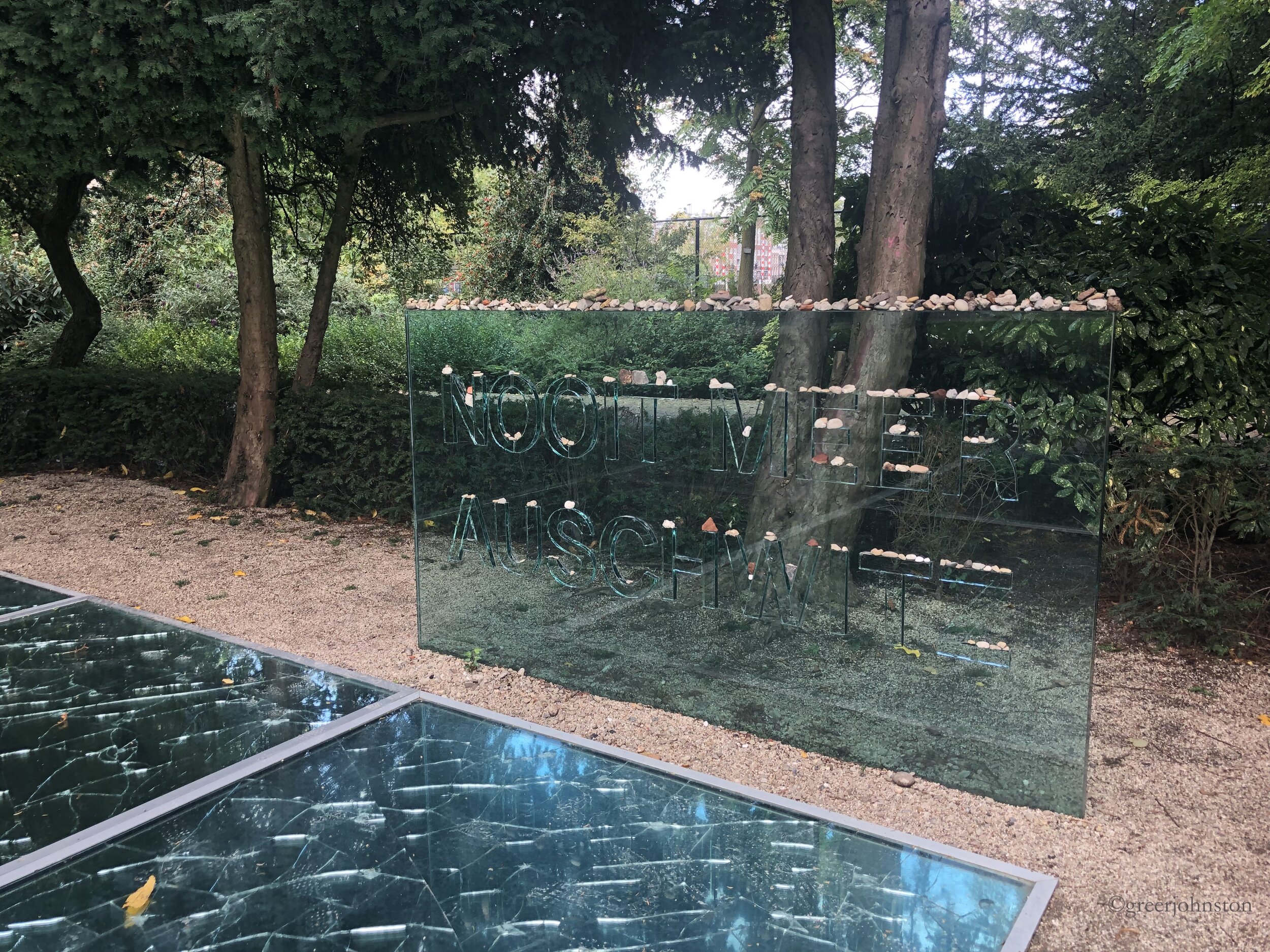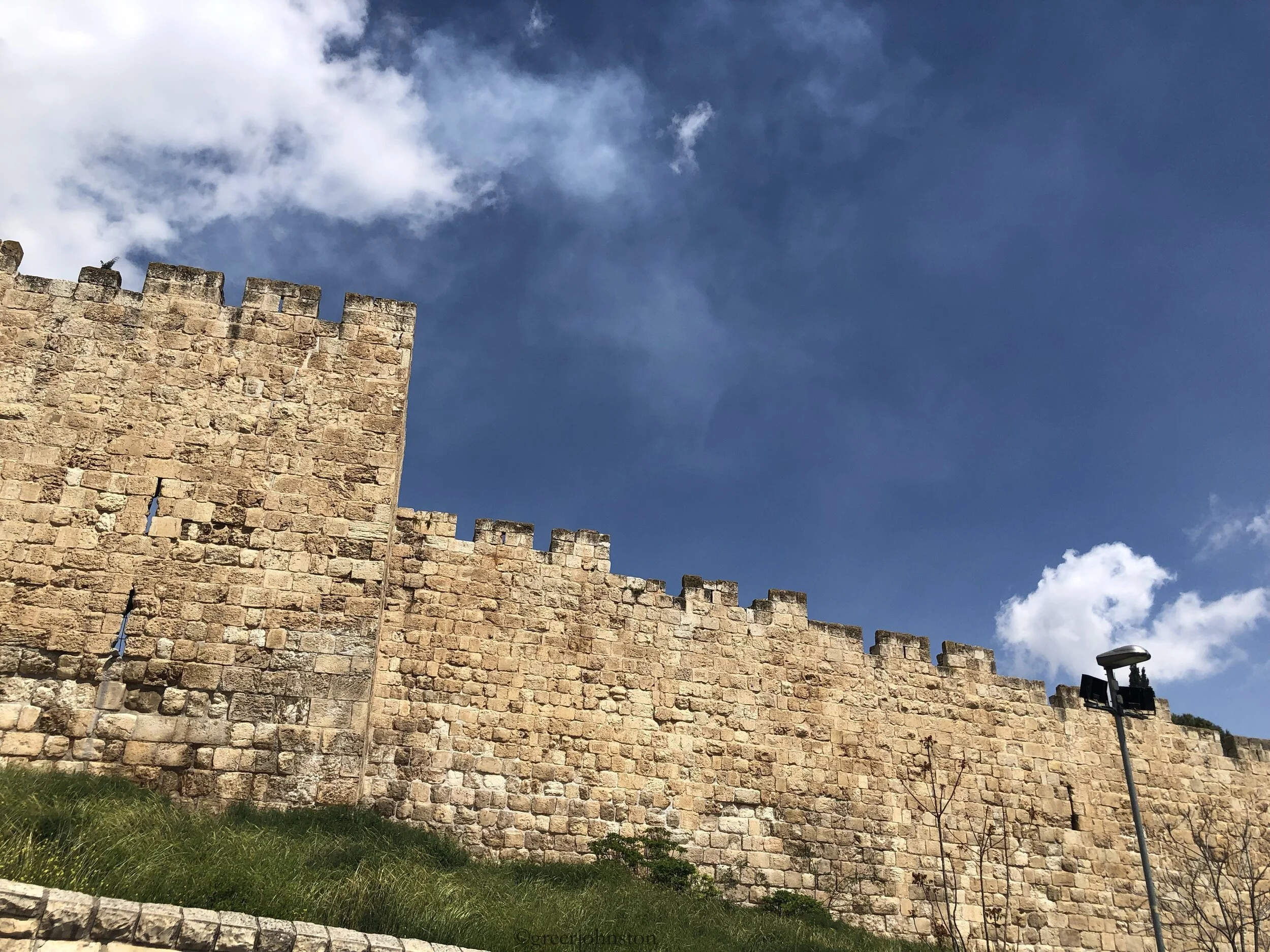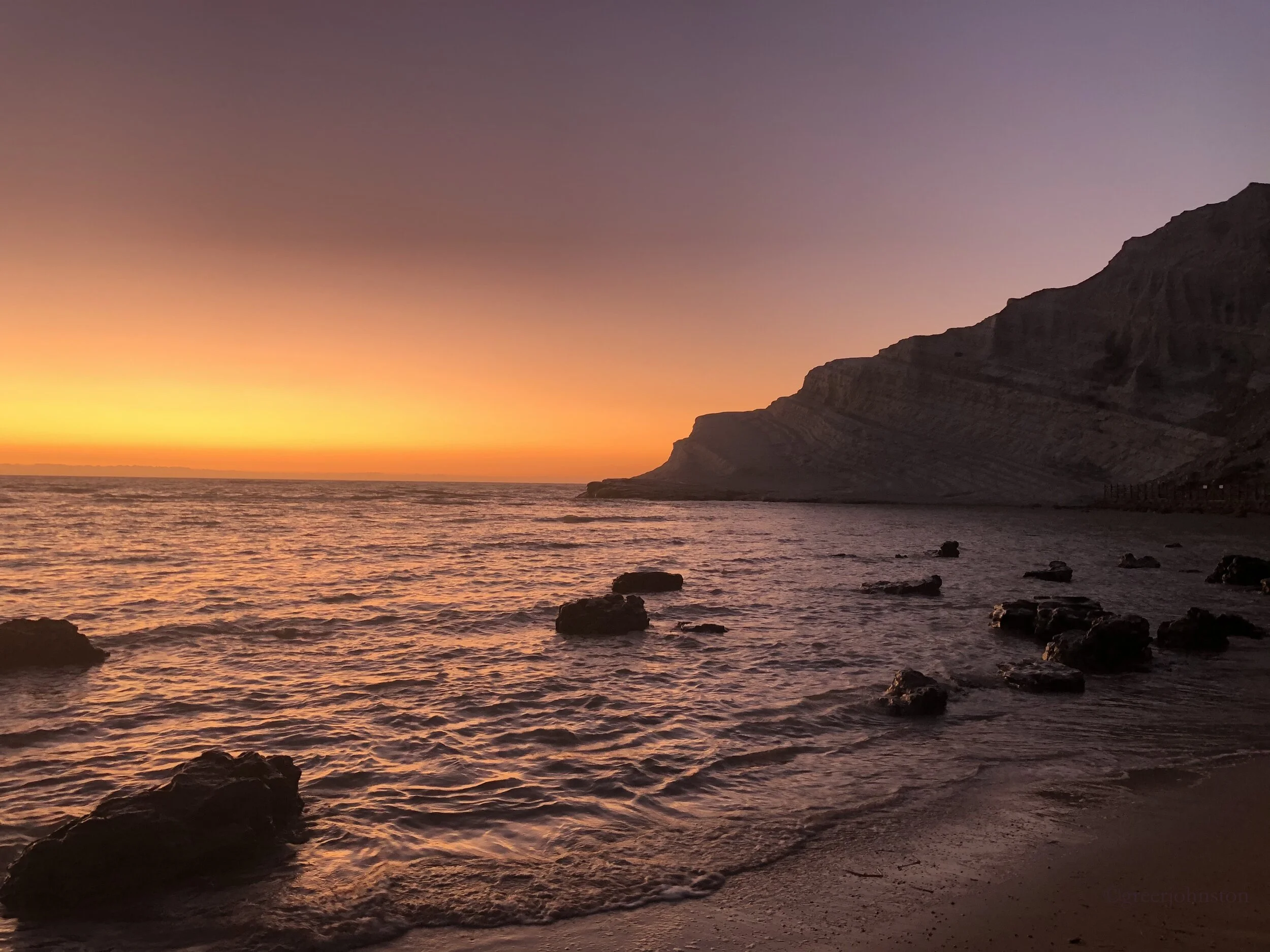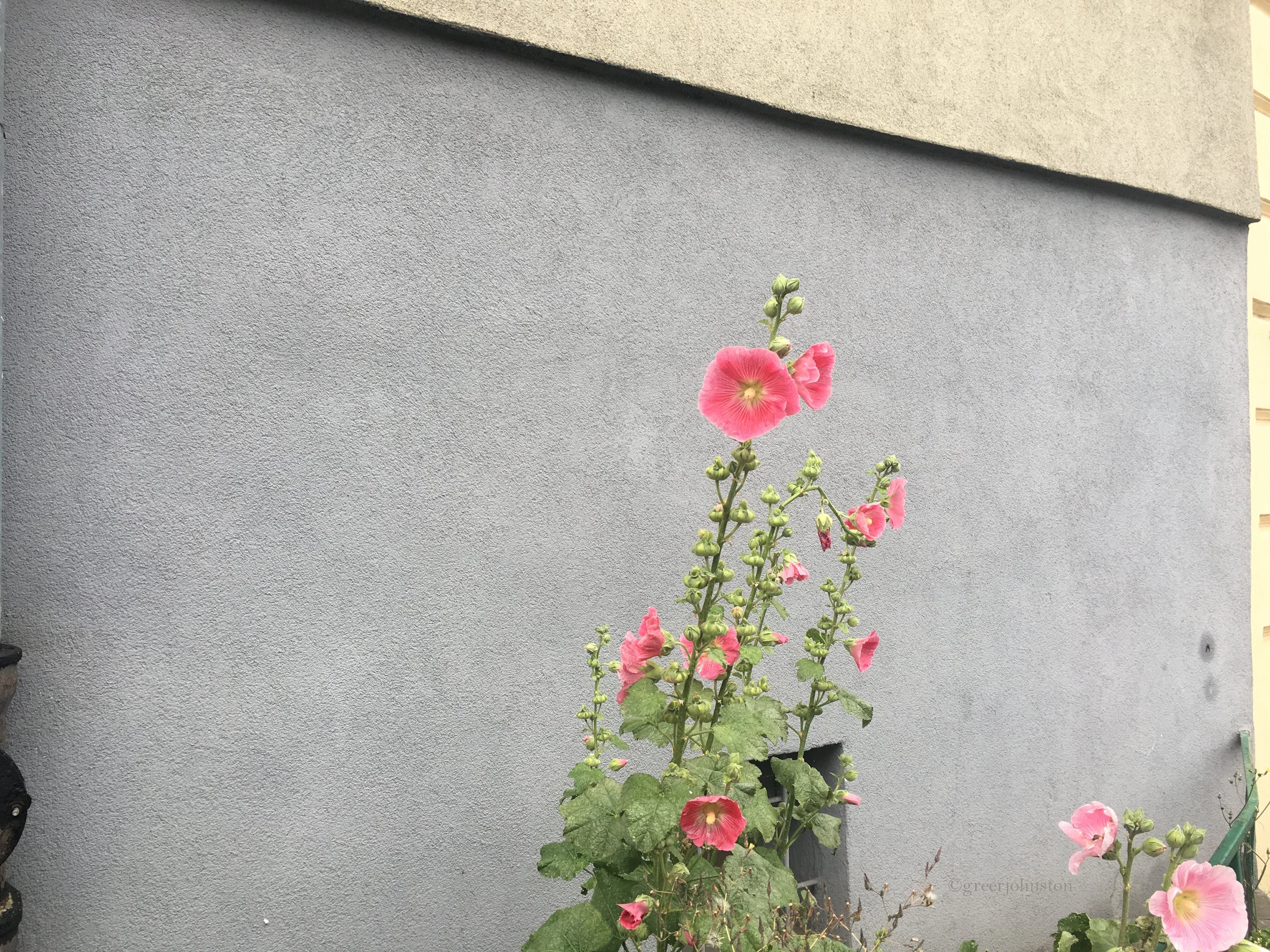Amsterdam - Jewish Cultural Quarter
When I first arrived in Amsterdam, I could not distinguish one neighborhood from another. A city of canals and canal houses, they all seemed so similar. As time went on, however, I began learning about the history of Amsterdam and her people. I began to understand how the city we know today grew from a harbor into a global power: expanding, adapting, and enduring through the times.
I was living near Waterlooplein, in a neighborhood near the city center, right to the east. It wasn’t until I began going to museums, and exploring the neighborhood, that I learned of the history here. The history of the area known as the Jewish Cultural Quarter. What it once was, how it was targeted, and what we have left of it to remember.
* * *
The first site I visited was the Portuguese Synagogue. This synagogue has its origins in the 1600s with the first Sephardic Jewish communities that arrived in Amsterdam from Spain and Portugal. Today, you can visit many areas of the synagogue, and learn about Jewish life, such as a former mikvah and the Ladies’ Galleries, an area of the synagogue on the second floor where women worship separately. There is a short film you can watch as you begin your self-guided tour which highlights the history of this community and its role in the history of Amsterdam and the Netherlands.
The Portuguese Synagogue with a view of the Ladies’ Gallery above
I next visited the National Holocaust Museum. This museum is still in development, yet during my visit, there was a temporary exhibition (unfortunately no longer on display), The Persecution of the Jews in Photographs: the Netherlands 1940-1945. This exhibition was so informative, and helped to put everything I had learned into perspective. This exhibit, through photographs and descriptions, portrayed Jewish life in the Netherlands before, during, and after World War II. I saw photos of the streets that I walked down in these days as they were less than 100 years ago: from the shocking images of German soldiers rounding up men, to a casual snippet of daily life: a young couple walking arm-in-arm, yellow Stars of David sown on their clothes.
The story of this location is incredible. Next door was located the Crèche, a children’s center. During the German Occupation, it was taken over and used to house Jewish children awaiting deportation. Many brave and clever people found ways to smuggle children to safety, and one way was by sneaking children from the backyard of the Crèche into the yard of the Kweekschool (the Reformed Protestant Teachers College), which today is the museum. They estimated about 600 children were saved in this way.
Just across the street is the National Holocaust Memorial, housed in the Hollandsche Schouwburg. Under German Occupation, this former theatre was where adults were kept awaiting deportation first to Westerbork transit camp, and then onward to concentration camps. According to information at the National Holocaust Memorial: “Of the approximately 140,000 Jews who lived in the Netherlands at the start of the Second World War, 102,000 were killed in the camps.”
The National Holocaust Memorial at the Hollandsche Schouwburg. The inscription, in Hebrew and Dutch, reads: “In memory of those who were taken from here 1940-1945”
Finally, I visited the Jewish Historical Museum. This museum features a lot of information regarding the history of the Jewish people in the Netherlands. Inside you can also visit the interior of the Great Synagogue (in operation from 1671 to 1943), that now serves as part of the museum with several informative displays about Jewish holidays and worship practices. There is also a Children’s Museum here.
* * *
Today, the square of Waterlooplein is a popular flea market. It is always full of people selling old trinkets, souvenirs, and clothes. When I began going to museums, I was shocked to see photos of Waterlooplein during World War II, when it was the site of one of the first round-ups of Jewish men to be sent away. To see German soldiers, guns drawn. To see men trying to run away. This was not even one hundred years ago. The bricks of the street, they are the same bricks. To understand what happened in this place, in the same place you are standing: once you know, you will never forget.
So we must learn. Opening the doors to the Jewish Cultural Quarter is an act of remembering those who were lost. It is an act of education, so that we all may know what happened here. We must learn about the horrible things. We must acknowledge that they took place, and that they are still taking place. However, what we should not forget, from living here, from learning about the people who once called this neighborhood home, is that this was once a place of joy. This is where people came to seek their dreams. We should celebrate their lives, while never forgetting how cruelly and systematically they were taken away.
I visited the sites of the Jewish Cultural Quarter using my Museumkaart, an annual pass for residents of the Netherlands. Alternatively, the Jewish Cultural Quarter offers a ticket for €17 that allows you to visit the five sites over the course of one month. You can purchase the ticket at the first site you visit. As of January 18, 2020, there are planned closings for renovations at some sites. You can visit the site here to check for current information.
The Auschwitz Monument is found in Wertheimpark, in the vicinity of the Jewish Cultural Quarter. Designed by Jan Wolkers, it reads: “Never again Auschwitz”
I often wondered, when I was younger, how did the Holocaust happen? How could something so devastating, have just happened? And the people who knew, just let it happen? Now, I know these things happen every day. All over the world. Many we don’t know about. But so, so many, we do. And we go on with our day. Perhaps, it is the feeling of helplessness, powerlessness. It is a problem that is far away. So I have a challenge for you. If you feel powerless to stop the bad things, then at least do something. Do something good. Let us take some action: to help our neighbor, to help the environment. If you have to help yourself in order to be there for others, then help yourself. Nothing happens in a bubble; which means good actions aren’t isolated either. Even in small ways, we can still make a difference.
Note: The header image was taken at the Hortus Botanicus Amsterdam, located near the sights of the Jewish Cultural Quarter.
